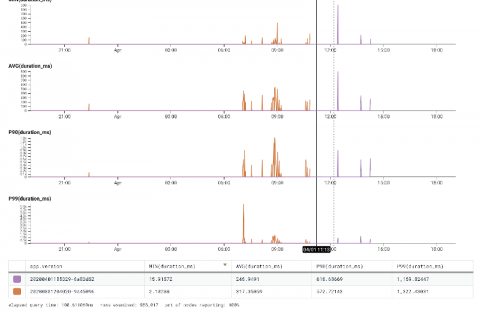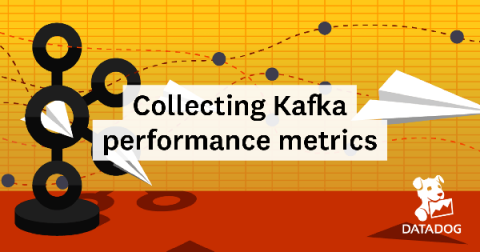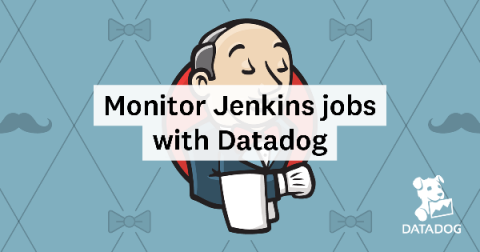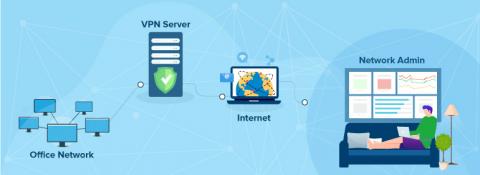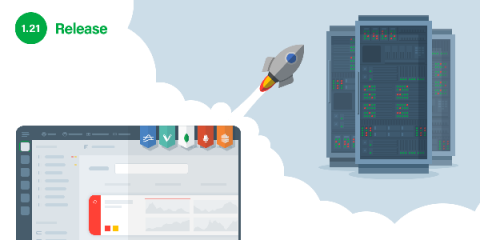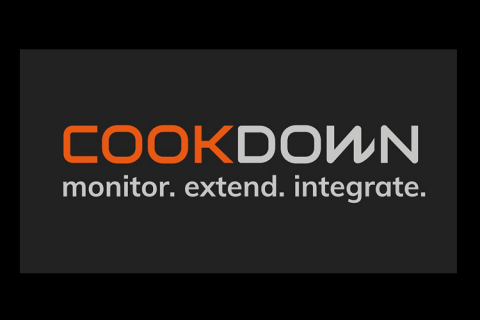Honeycomb at OSU Libraries & Press
This is a guest post by Ryan Ordway, DevOps Engineer at Oregon State University. At Oregon State University Libraries & Press (OSULP) we have been using Honeycomb for about 18 months. We were in the beginnings of automating our infrastructure and needed an APM solution that we could scale with. New Relic was becoming too expensive, and we couldn’t afford to monitor our whole infrastructure and trace all of our applications anymore. Thus began our Observability journey.


